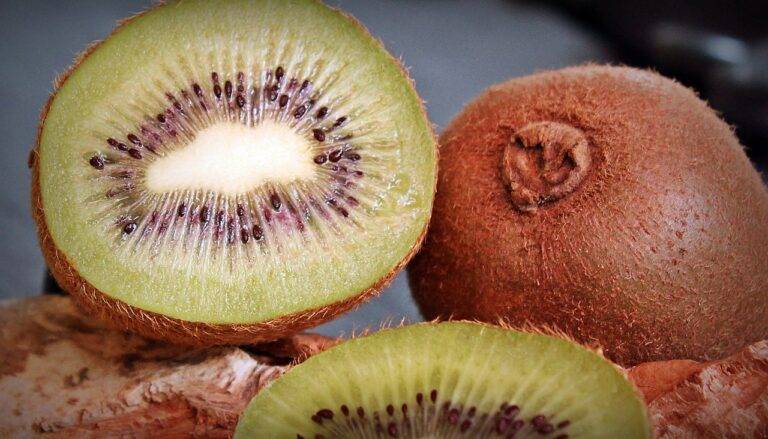Food and Wine Pairing: How to Find the Perfect Match
When it comes to pairing food and wine, one key factor to consider is the intensity of both the dish and the wine. A general rule of thumb is to match lighter wines with lighter dishes and more robust wines with heartier, richer dishes. This balance in intensity ensures that one does not overpower the other, allowing both the food and wine flavors to shine through.
Another important factor to consider is the acidity of the wine in relation to the acidity of the dish. High-acid wines like Sauvignon Blanc or Riesling pair well with acidic dishes, as the acidity in the wine complements and enhances the flavors in the food. Conversely, low-acid wines like Merlot or Malbec are better suited for dishes with lower acidity levels to avoid a clash in flavors. By paying attention to the acidity levels, you can create harmonious pairings that elevate the overall dining experience.
Understanding the Basic Principles of Food and Wine Pairing
When pairing food and wine, it is essential to consider the intensity of both the dish and the wine. A general rule of thumb is to pair lighter wines with lighter foods and heavier wines with richer, more robust dishes. For example, delicate white wines like Sauvignon Blanc are well-suited for salads or seafood, while bold red wines like Cabernet Sauvignon complement grilled steak or hearty stews.
Another important factor to consider when pairing food and wine is the acidity of the wine. Wines with higher acidity can help cut through rich or fatty foods, balancing out the flavors and enhancing the overall dining experience. For instance, a crisp, acidic wine like Chardonnay can complement creamy pasta dishes or buttery roasted chicken, while a zesty Riesling can be a great match for spicy foods or tangy Asian cuisine.
Why is it important to pair food and wine correctly?
Pairing food and wine correctly enhances the dining experience by complementing and enhancing the flavors of both the dish and the wine.
What are some key factors to consider when pairing food and wine?
Some key factors to consider are the flavor intensity of the dish and the wine, the acidity, sweetness, and tannins in the wine, and the cooking method and sauce used in the dish.
Can I pair red wine with fish or white wine with red meat?
While traditional pairings suggest red wine with red meat and white wine with fish, it ultimately depends on the specific flavors and characteristics of the dish and the wine. Experimenting with different pairings can lead to surprising and delightful combinations.
Should I always pair a wine with the same type of cuisine?
Not necessarily. While some wines may naturally complement certain cuisines, don’t be afraid to try different pairings to discover new and interesting flavor combinations.
How can I improve my skills in food and wine pairing?
Practice, experimentation, and tasting are key to improving your skills in food and wine pairing. Keep trying different combinations and take note of what works well and what doesn’t to refine your pairing abilities.





